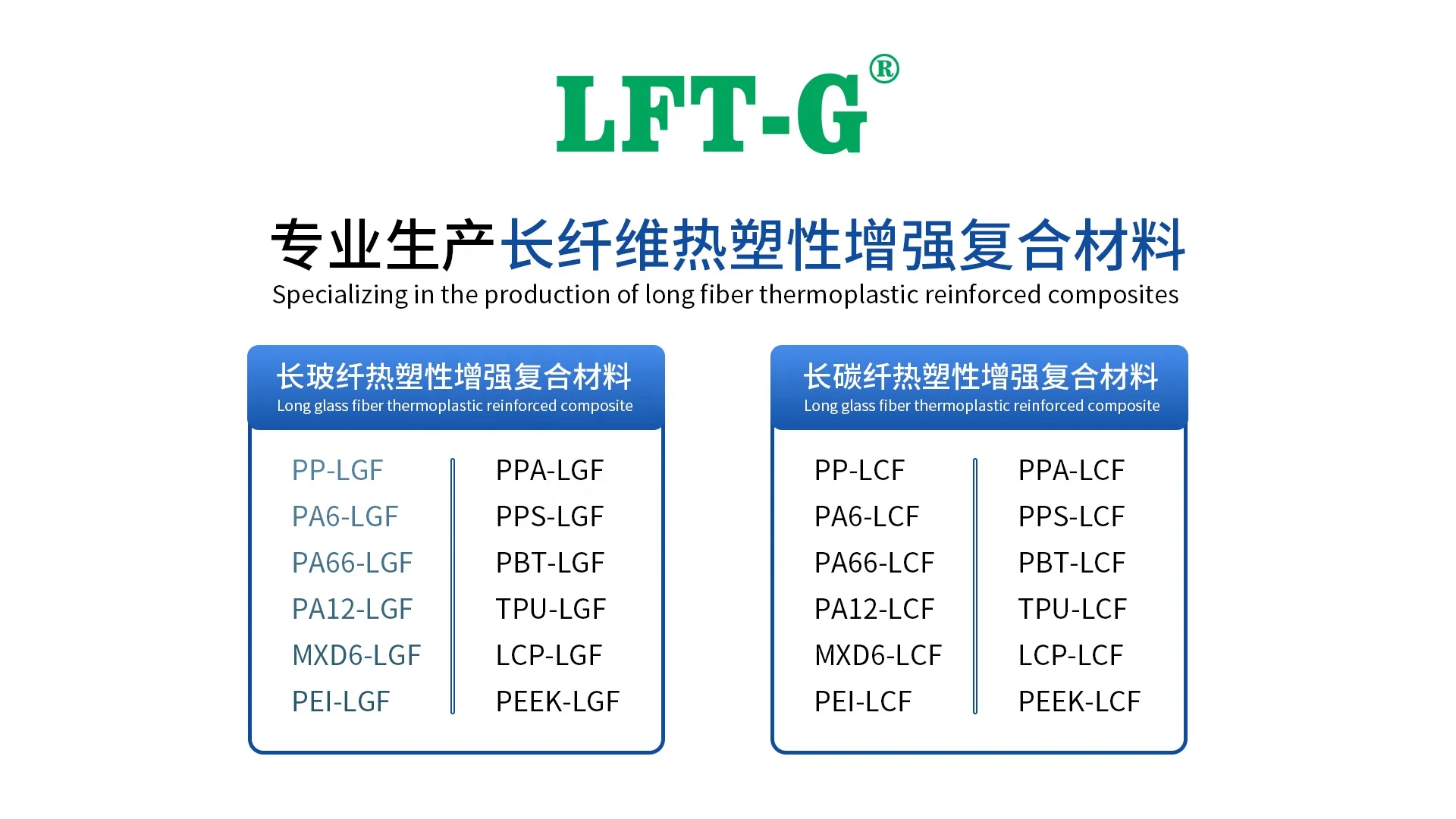Polyphenylenesulfide, is a thermoplastic special engineering plastic with excellent comprehensive properties.
Polyphenylenesulfide, is a thermoplastic special engineering plastic with excellent comprehensive properties.
item no.:
PPS-NA-LCFPayment:
Discussedproduct origin:
ChinaColor:
Natural color or Customizedshipping port:
XiamenLead Time:
2-10 working days
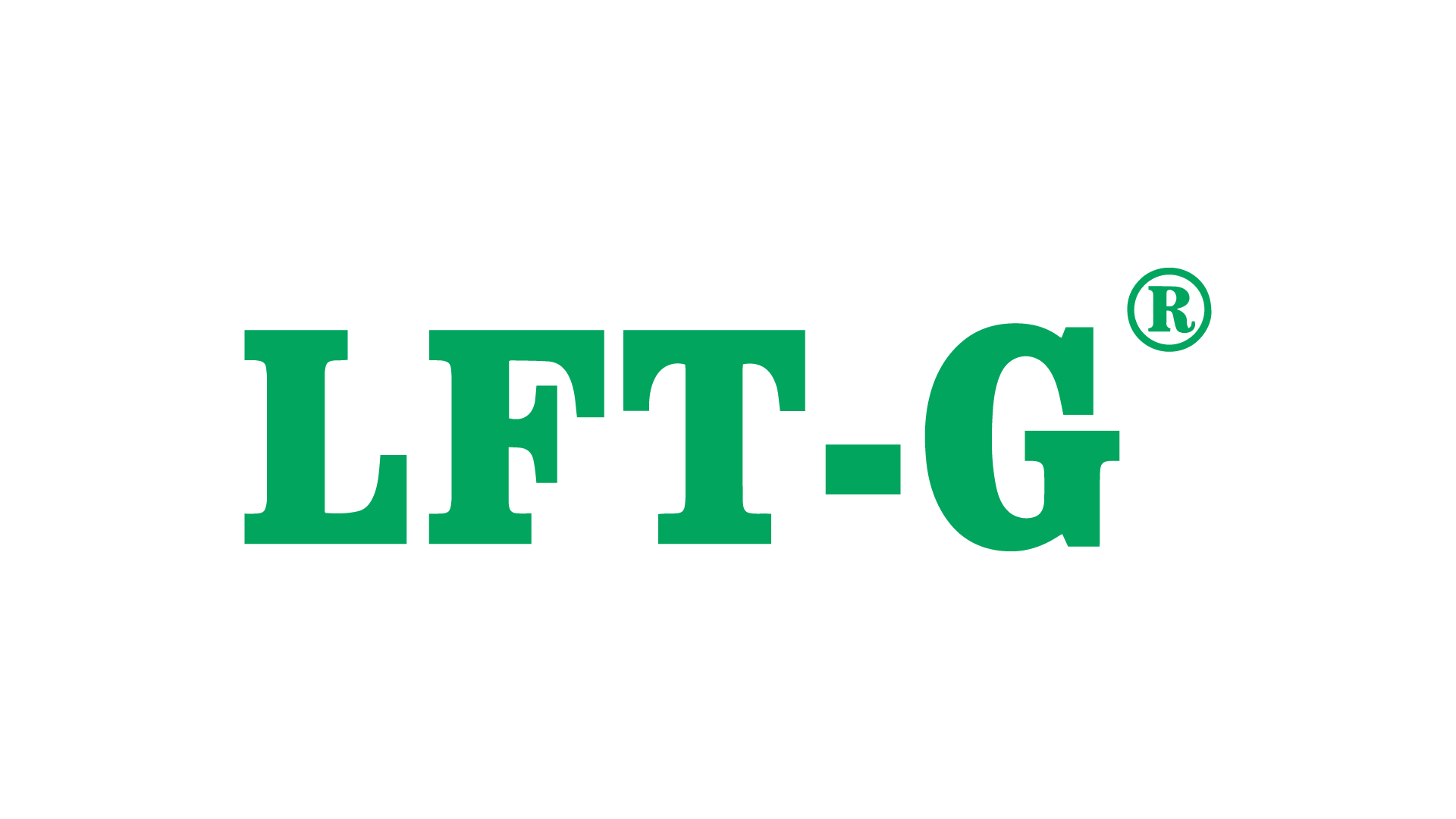
Profile
Product Name: Xiamen LFT Polypropylene PP Copolymer with Long Carbon Fiber Reinforcement Polymers
Fiber Content: Filled 20%-60% Long Carbon Fiber
Pellet Appearance: 6-25 mm length pellets
Package: 20kg/bag
Advantages:
1.Flame retardant grade UL-94,VO
2.High flame retardant 3.Good heat resistance
4.High strength
5.Acid and alkali, anti-static
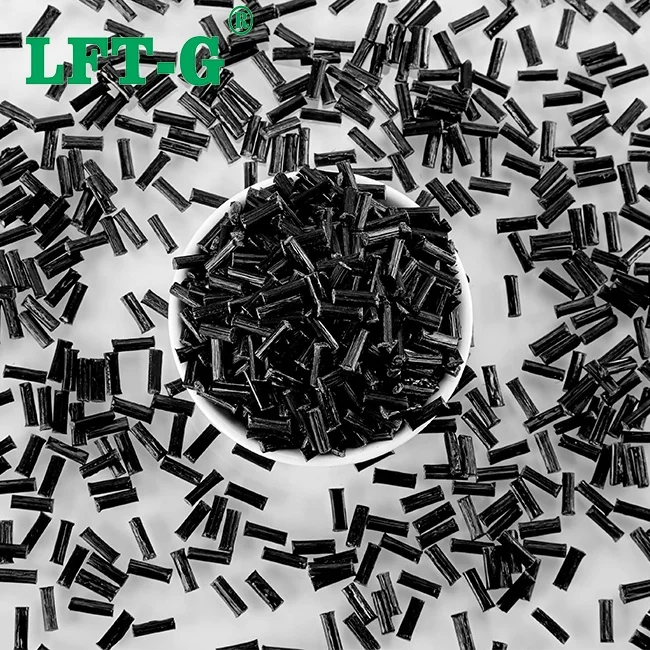
What is PPS Plastic?
PPS plastic (polyphenylene sulfide), is a thermoplastic special engineering plastic with excellent comprehensive properties. Its outstanding features are high temperature resistance, corrosion resistance and superior mechanical properties. The product will make a metallic sound when it is dropped to the ground.
Pure PPS is rarely used alone due to its brittle performance. Most of the PPS used is its modified variety. Because the lone pair electron on sulfur atom makes PPS have good affinity with glass fiber, carbon fiber, so it is easy to make various reinforcement compounds and alloy materials.
PPS long carbon fiber (LCF) composite material has the advantages of high toughness, low warpage, fatigue resistance, and good product appearance. It is suitable for heat resistance,high strength, acid and alkali,anti-static, flame retardant grade parts.
What are the applications of PPS-LCF?
Automotive industry Applications:
Due to its excellent mechanical properties, thermoplastic carbon fiber is widely used in the automotive field of fuel system components, sensors, shell components. On the one hand, it is because of the high strength and stiffness of PPS-LCF, and the finished parts are not easy to damage. On the other hand, PPS-LCF also has a relatively low coefficient of thermal expansion to ensure the stability of the finished product. In addition, PPS-LCF also has very good corrosion and heat resistance, making the application life of the finished product longer.
Industrial Applications:
In the industrial field, it is mainly used in the parts of equipment, such as chemical processing equipment, air pumps, gaskets, valves, etc. In addition to the high strength of the PS-LCF, it is also because the parts made by the PS-LCF have very good self-lubricating properties, which is very important for mechanical parts. Therefore, compared with the traditional carbon fiber material products, the performance has been greatly improved.
The wide range of applications of PPS-LCF include aerospace, automotive manufacturing, electronic equipment, chemical and medical fields.
As an engineering material,
what are the advantages of PPS compared with commodity plastics?
1.Possess enhanced mechanical properties, such as improved tensile strength, impact strength, and toughness
2.lightweight and strong materials
3.Exhibit a high degree of chemical resistance, making them great for applications where exposure to various oils, solvents, and chemicals is common
4.Resist UV light damage, making them reliable performers in outdoor environments
Product process
1. Through the physical and chemical treatment of the original carbon fiber, it removes impurities, improves surface activity, and provides the mechanical properties and durability of pre-soaked materials.
2. Add resin, additives, etc., form a unique formula. Improve flowability, hardness, temperature stability.
3. The pre-treated carbon fiber is placed on the machine, and the resin is evenly covered on its surface.
4. Use the machine to solidify the material, and the fiber and resin are both sufficiently bonded.
5. According to the requirements of the product, cutting particles.
Laboratory & Factory
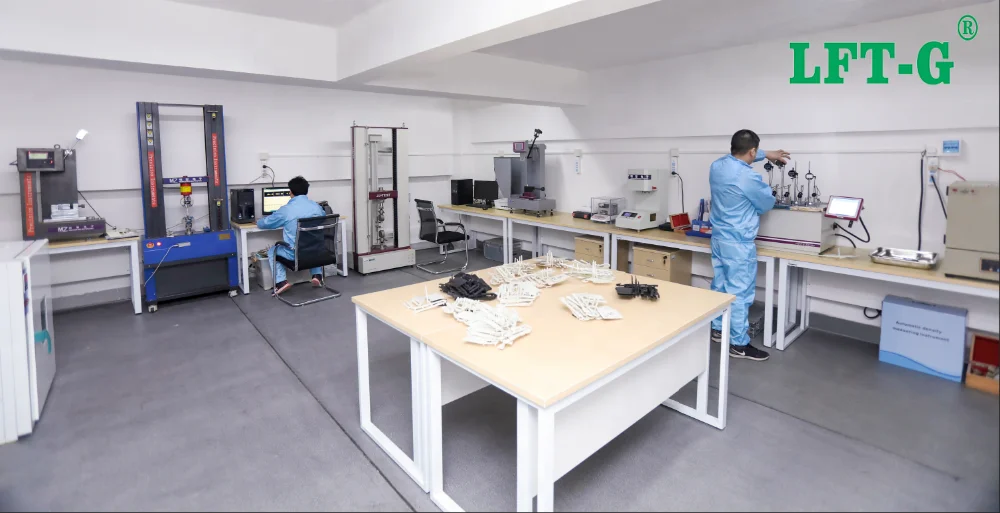
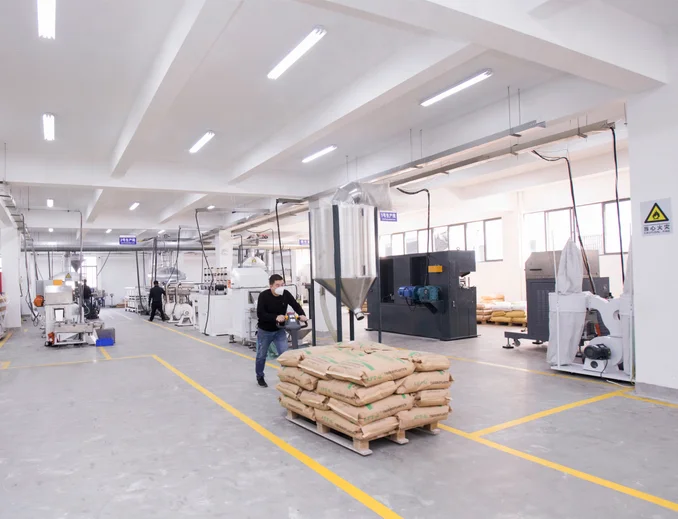
Certifications
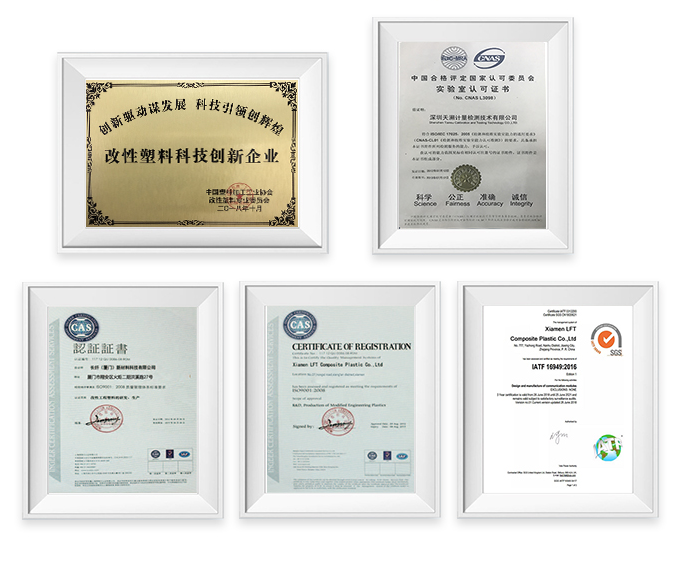
Q & A
Q. What are the differences and advantages of long fiber materials and staple fibers?
A:Long-fiber reinforced composites show excellent mechanical properties compared to short fibers and are more suitable for applications requiring high strength. The impact performance of long fiber composites is 1-3 times higher than that of short fibers, tensile strength is more than 50% higher, and mechanical properties are 50-80% higher.
Q. Using a more long fiber reinforced thermoplastic material, will it block the die hole due to the long length of the fiber or not ?
A: When using long glass fiber or long carbon fiber, it is necessary to evaluate whether the product is suitable for LFT-G. If the product is too small or the dispensing is not suitable for long fiber materials. The long fiber itself has requirements for the mold nozzle.
Q.Are Engineering Plastics Strong?
A.Yes, engineering plastics are strong. They are specifically formulated to have high tensile strength and impact strength compared to standard commodity plastics such as polypropylene or polyethylene.
Why choose polymers from Xiamen LFT?
Excellent quality. As replacement of metal and steel.
Own-factory. 500-800 tons of production per month.
Customization. From length to color or additives.
Self laboratory. Provide TDS and COA for every batch.
Fast shipping. Fast shipping to all capital cities or ports.
Favorable price. Free to get price.
Experienced team. With over 20 years experience expert team to provide assistance.
Full service. Through product discussion, performance analysis, composite selection, composite pellet production, after-sales tracking to injection molding techniques.
